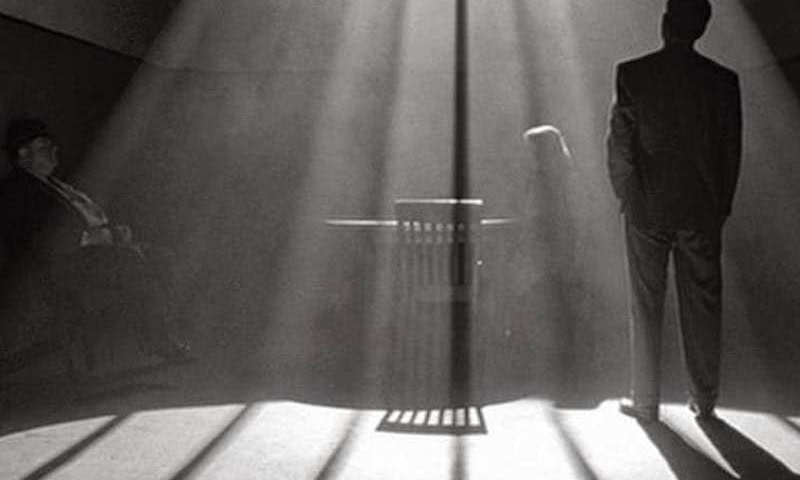The Case for Black-and-White
How film stock forged the genre of Film Noir and influenced generations of creators.

Have you ever paused to wonder why Films Noir are always black and white? They didn’t have to be, as the Noir period started in 1944, five years after Hollywood started using color film stock. So why stick to the old way of making movies? Some would tell you there was a cost consideration, which is true, but Noir isn’t stingy, that’s not why it chose to cling to the shadows instead of stepping into the vibrancy of color. Noir depends on those shadows, as it depends on the contrasting starkness of light, to establish its dubious atmosphere and an emotional tone under which no one is to be trusted, nowhere is safe, and nothing is what it seems.
So impactful is Film Noir’s use of black-and-white that it has kept the stock alive and in occasional use even today, when there’s no need whatsoever for it other than to make an artistic statement. A Girl Walks Home Alone at Night, The Artist, Frances Ha, The Man Who Wasn’t There, La Haine, Schindler’s List, Clerks, Pi, and Good Night and Good Luck are just some of the titles of the last 25 years that have made use of black-and-white not only as an aesthetic technique but a narrative one as well.
In a few of these films, yes, the use of black-and-white is a temporal marker, indicating a setting in a past era, but simultaneously in all of these films black-and-white is used to carve out the universe of the film from the rest of reality and set it in its own sphere, not necessarily self-contained but self-aware of itself as a narrative or allegory. TV’s gotten into black-and-white on occasion – AMC marathons the first season of The Walking Dead in black and white at least once a year – and even comic books and strips — the Sin City graphic novels, Calvin & Hobbes — can be said to draw some of their impact from their (lack of) color scheme.
Bottom line, shooting in black-and-white, whether you’re making The Third Man or a scene from Breaking Bad, has definite advantages, and Jack Nugent of the Now You See It channel on YouTube is here with a new video to clue you in to them. Press play for a new way of seeing the old style.
